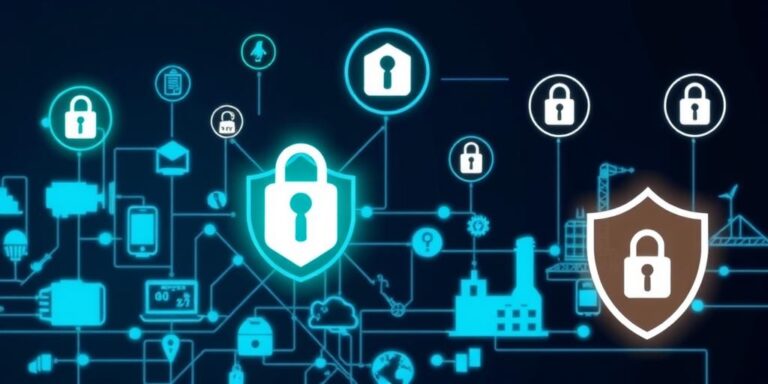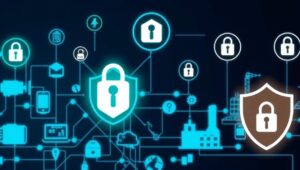Navigating the IoT Regulatory Landscape: A 2025 Outlook
The Internet of Things (IoT) is rapidly expanding, connecting billions of devices and transforming industries. As IoT adoption grows, so do the concerns surrounding security and privacy. Regulatory bodies worldwide are actively developing and evolving frameworks to address these challenges. This post provides an informative overview of the current regulatory landscape and what to expect by 2025.
Current Regulatory Frameworks
Several regions have already established regulations and guidelines for IoT security and privacy. Key examples include:
- GDPR (General Data Protection Regulation): The GDPR, applicable in the European Union, sets strict rules for data processing and requires organizations to implement appropriate security measures. IoT devices that collect and process personal data must comply with GDPR requirements.
- CCPA (California Consumer Privacy Act): The CCPA grants California consumers various rights regarding their personal data, including the right to access, delete, and opt-out of the sale of their data. IoT companies operating in California must adhere to these requirements.
- NIST Cybersecurity Framework: The National Institute of Standards and Technology (NIST) provides a voluntary framework for organizations to manage cybersecurity risks. While not legally binding, it is widely recognized as a best-practice guide for IoT security.
- IoT Cybersecurity Improvement Act of 2020: This U.S. law mandates security standards for IoT devices purchased by the federal government. It prohibits agencies from procuring devices with known vulnerabilities.
Evolving Regulatory Trends
Looking ahead to 2025, several key trends are shaping the future of IoT regulations:
- Increased Focus on Security Standards: Regulatory bodies are likely to introduce more specific and mandatory security standards for IoT devices. These standards may cover aspects such as vulnerability management, secure boot, and data encryption.
- Enhanced Privacy Protections: As privacy concerns intensify, regulations will likely expand to provide greater protection for consumer data. This may include stricter rules on data collection, usage, and sharing, as well as enhanced transparency requirements.
- Sector-Specific Regulations: Certain industries, such as healthcare and critical infrastructure, may face more stringent regulations tailored to their unique risks and requirements. For example, medical devices connected to the internet will likely be subject to heightened scrutiny.
- Harmonization Efforts: International organizations and governments are working to harmonize IoT regulations across different regions. This aims to create a more consistent and predictable regulatory landscape for businesses operating globally.
- AI and IoT Intersection: As AI becomes increasingly integrated with IoT devices, regulators will need to address the ethical and security implications of this convergence. This may involve developing guidelines for responsible AI development and deployment in IoT ecosystems.
Key Considerations for IoT Stakeholders
To prepare for the evolving regulatory landscape, IoT stakeholders should consider the following:
- Implement Robust Security Measures: Prioritize security throughout the IoT device lifecycle, from design and development to deployment and maintenance.
- Ensure Data Privacy Compliance: Understand and comply with applicable data privacy regulations, such as GDPR and CCPA.
- Stay Informed About Regulatory Developments: Monitor regulatory developments in relevant jurisdictions and adapt your practices accordingly.
- Collaborate with Industry Peers: Participate in industry forums and working groups to share knowledge and best practices.
- Engage with Regulators: Provide feedback and contribute to the development of IoT regulations.
Conclusion
The regulatory landscape for IoT security and privacy is constantly evolving. By staying informed and proactive, organizations can navigate this complex environment and ensure that their IoT deployments are secure, compliant, and trustworthy. The year 2025 will likely bring more specific standards, enhanced privacy protections, and greater harmonization efforts, requiring stakeholders to remain vigilant and adaptable.




